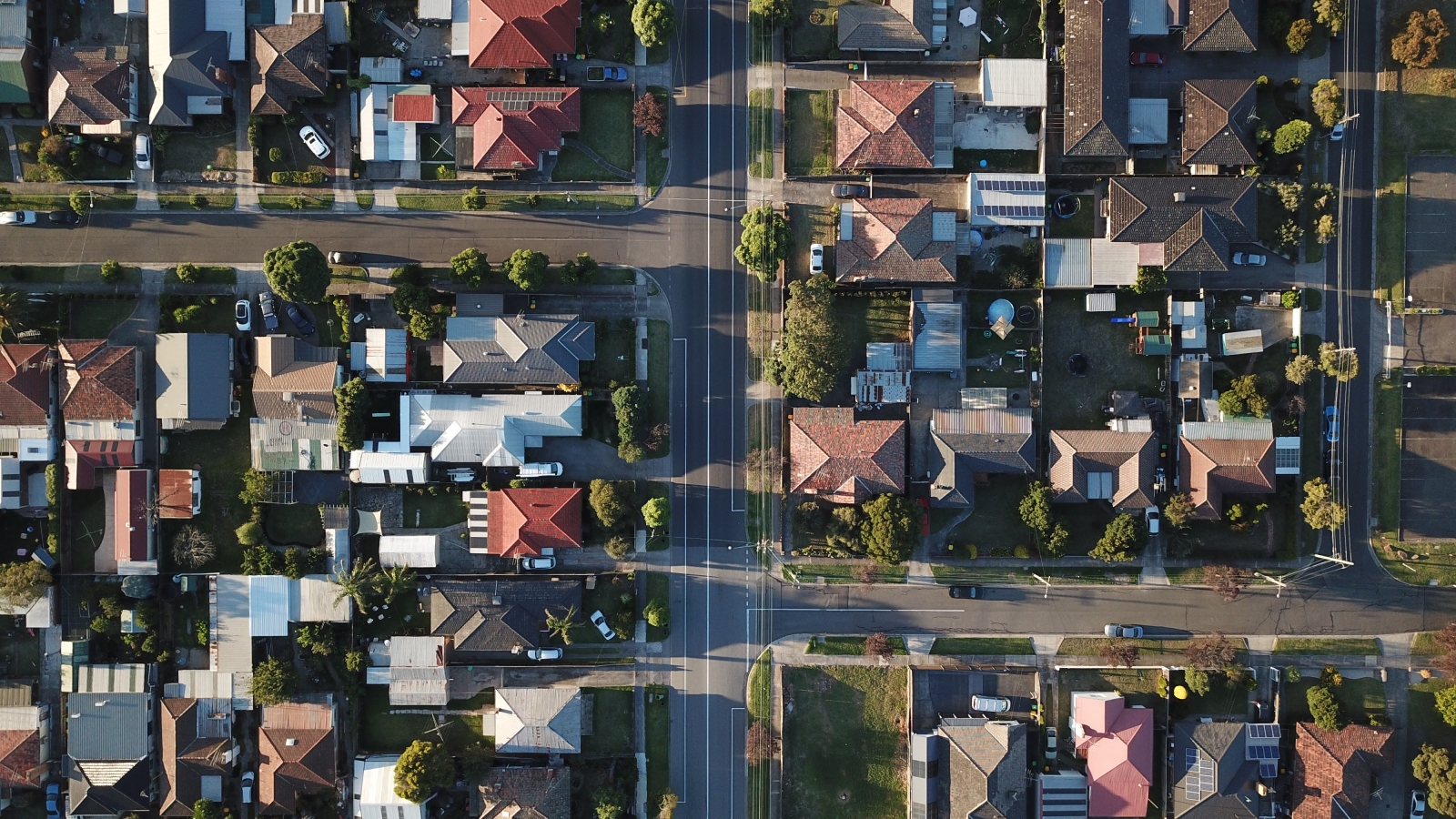U.S. Housing Starts Fall
What is the market telling us and is this indicative of economic trouble to come?
Glen Weinberg //July 24, 2018//


U.S. Housing Starts Fall
What is the market telling us and is this indicative of economic trouble to come?
Glen Weinberg //July 24, 2018//

Residential housing starts fell 12.3 percent in May, while multifamily fell 19.8 percent and permits, a proxy for future builds, fell 2.2 percent. Furthermore, a June builder survey found sales were “sluggish.” What does all this mean for real estate values? What are the causes of the decline in housing starts?
To clarify, housing starts are merely the number of new houses that started construction during a particular period. In this case, housing starts declined for June. June, historically, is a big month for housing starts, as the weather is predictably good, and demand is high. As a result, a sharp drop was quite a surprise for the market. Is this drop a bigger indicator of economic duress?
4 PRIMARY CAUSES FOR THE DROP IN HOME SALES
- MORTGAGE RATES
Mortgage rates have risen substantially, and remain low by historical standards, but have increased substantially. This increase is pricing many people out of particular markets and/or home-buying all together. As rates continue to rise, housing becomes more expensive on a relative basis
- LABOR
Labor costs have increased substantially in the last year. According to a builder in Atlanta: “A 3,000-square-foot house that cost $9,750 to frame even late last year now costs $18,000.” This is due to a severe shortage in skilled labor that has worsened according to “a high-end home builder who supported President Donald Trump last year, builder Jim Brown said the president’s immigration policies have dried up the already-stretched supply of Hispanic-dominated framing labor?” With the economy near full employment and skilled labor in short supply, prices are rising rapidly in certain trades. These costs are flowing through to the end price.
- MATERIAL COSTS
More than one-third of the lumber in the U.S. is Canadian. In April and June, in the latest salvo in a long-running trade war, the Trump administration added tariffs totaling nearly 27 percent to Canadian lumber. The move will increase lumber prices, adding $1,701 to the price of the average single-family home and may already be reducing supply, according to a series of NAHB reports. Then there’s hardware, flooring, steel molded doors, windows and what builders call “finishings,” the lighting, wall covering, fireplaces, countertops, appliances and other bells and whistles that go into many U.S. homes. Nearly $11 billion worth of electrical equipment and household appliance imports were used in residential construction in 2015, according to the NAHB, which said even a 10 percent duty on those imports would raise the price of a home another $1,000.
- BUILDING CODES
Most municipalities have implemented new building codes that specify greater energy efficiency for lighting, heating and cooling, the building envelope, etc.All these increased code requirements increase the upfront cost of building. For example, to achieve new energy efficiency, additional requirements were specified for insulation. This increase costs more money at the outset. I’m not saying that energy efficient building is not a good idea, merely that it makes housing more expensive.
Builders have been passing these costs onto the consumer which has led to continued increased costs in most areas. The decline is housing starts could mean one of two things:
- Consumers are no longer willing to pay more for housing: As prices continued to increase, consumers are sitting on the sidelines and opting not to buy that new house. This is basic supply and demand.
- Builders see something on the horizon: Maybe consumer demand remained constant, but builders have intentionally slowed as they see turbulence on the horizon and don’t want to get caught with excess inventory before the next economic cycle.
WHAT IS THE MARKET TELLING US?
Unfortunately, we don’t know which of the two reasons for the decline is correct; regardless, a sharp drop in housing starts is not a good sign for the overall economy. The real estate market is one of the largest economic drivers in the U.S. According to the National Association of Homebuilders, housing drives 15 percent to 18 percent of gross domestic product. If you add on commercial real estate, this number is likely closer to 20 percent to 25 percent.
COST + COMPETITIVENESS IN DENVER
With real estate driving such a large percentage of the economy, whatever happens will flow through to the market. The large drop in housing drops is a worrying sign for the overall economy. Is this the leading indicator for the next economic cycle?

























